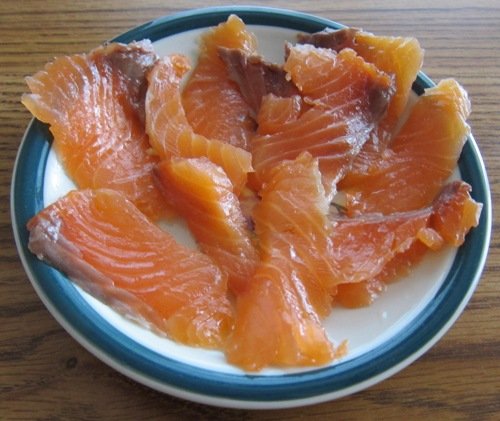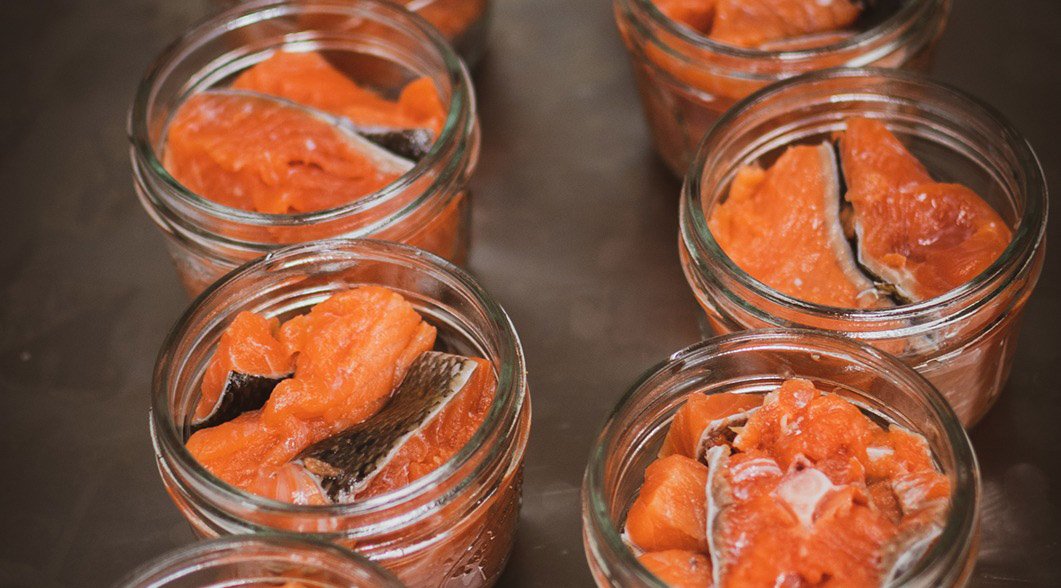Salting salmon fish is a traditional and effective way to preserve and enhance its flavors. Whether you’re preparing salmon for long-term storage or creating a flavorful ingredient for various dishes, mastering the art of salting is essential. Here’s a detailed guide on the best techniques for salting salmon fish.
Understanding the Benefits of Salting Salmon Fish
Salting salmon fish serves multiple purposes. It helps preserve the fish by drawing out moisture, which inhibits bacterial growth. This method also enhances the fish’s natural flavors and can be used as a step in preparation for other preservation methods like smoking or drying. Additionally, salted salmon is a versatile ingredient that can be used in various recipes, adding a savory depth to dishes.

Best Techniques for Salting Salmon Fish
Choosing the Right Salmon
Start with high-quality salmon for the best results. Fresh, wild-caught salmon is ideal due to its firmer texture and richer flavour. However, farmed salmon can also be used. Ensure the salmon is fresh, with bright, firm flesh and no strong odours. If fresh salmon is not available, frozen salmon can be used as long as it is properly thawed.
Preparing the Salmon
Begin by cleaning the salmon thoroughly. Remove any scales, bones, and guts. Rinse the salmon under cold water and pat it dry with paper towels. Cut the salmon into fillets or steaks, depending on your preference and intended use. Thinner pieces will cure more quickly, while thicker pieces will take longer but may have a more robust flavour.
Dry Salting Technique
The dry salting technique is straightforward and widely used. To dry salt salmon fish, you’ll need coarse sea salt or kosher salt. Lay the salmon pieces on a clean surface or a tray. Generously coat each piece of salmon with salt, ensuring all surfaces are covered. The salt should form a thick layer around the fish.
Place the salted salmon in a non-reactive container, such as a glass or plastic dish. Cover the container with a lid or plastic wrap and refrigerate it. The salting process can take anywhere from 12 hours to several days, depending on the thickness of the salmon and your taste preferences. The longer the salmon is salted, the firmer and saltier it will become.
Brine Salting Technique
Brine salting involves submerging the salmon in a saltwater solution. To make a brine, dissolve one cup of salt in four cups of water. For added flavour, you can include sugar, spices, or herbs in the brine. Place the salmon pieces in a large container and pour the brine over them, ensuring they are fully submerged.
Refrigerate the container and let the salmon soak in the brine for 12 to 24 hours. The brining time will vary based on the thickness of the salmon and your desired saltiness. This method allows for even salt distribution and can be more controlled than dry salting.
Rinsing and Drying the Salmon
After the salmon has been salted or brined for the desired amount of time, it’s important to rinse off the excess salt. Gently rinse each piece of salmon under cold water to remove surface salt. Pat the salmon dry with paper towels.
To enhance the flavour and texture, you can air-dry the salmon. Place the salmon on a rack in the refrigerator for several hours or overnight. This step helps firm up the flesh and develop a pellicle, which is especially useful if you plan to smoke the salmon afterwards.
Storing and Using Salted Salmon
Once the salmon is properly salted and dried, it can be stored in the refrigerator for up to a week or in the freezer for several months. To enjoy the salted salmon, you can slice it thinly and serve it as is, or use it in various recipes. Salted salmon is a great addition to salads, and pastas, or as a topping for bread and crackers.
Conclusion
Salting salmon fish is a time-honoured technique that enhances flavour and preserves the fish. By choosing the right salmon, preparing it properly, and using effective salting techniques like dry salting or brine salting, you can create delicious and versatile salted salmon. Enjoy this flavorful preservation method and explore its many culinary uses. Happy salting!




